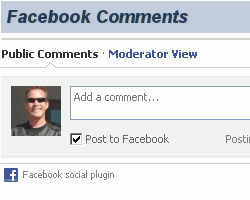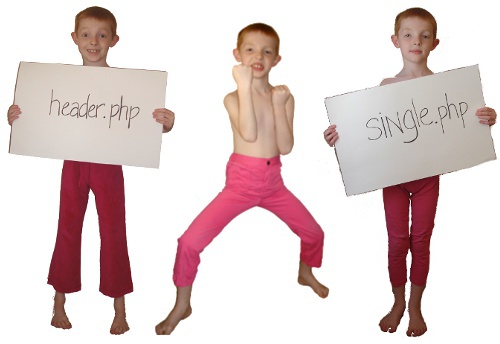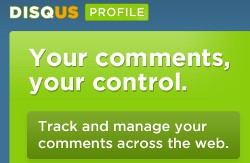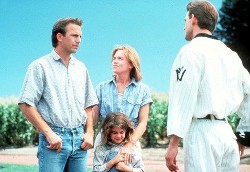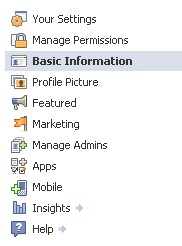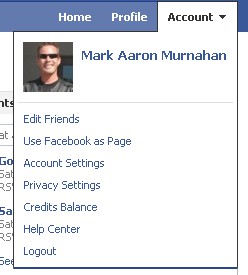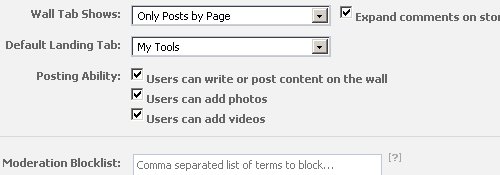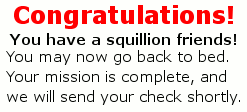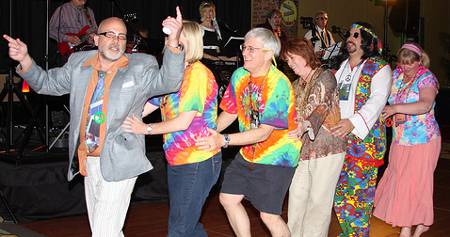
Many people have a very confused view of social media, and I can understand why. If you just look at all the ways social media is used, there should be little wonder how people confuse the issues. Some of the most bewildering concerns I notice surrounding social media are the return on investment (ROI) and the cost of social media marketing.
Millions of the world’s businesses understand by now that an investment in social media is vital to their success. Tragically, many of the same businesses are generally clueless about how and why they spend money with social media, and how to optimize their spending for the best results.
These same confused companies are further complicated by misguided notions that social media is limited to, or primarily intended only for personal socializing. They are the companies who question why a business would use Twitter, because that is where people announce what they had for lunch, LinkedIn is just for job-hunters, and Facebook is where old high school friends swap stories. That is social networking, and networking is important, but it is only one facet of social media. If you confuse this, and think that social networking is the basis for social media marketing, you will waste a huge amount of energy trying to sell to your friends, and others who already know you.
Because of a lot of confusion, some people will say that the return on investment (ROI) of social media marketing is difficult or impossible to accurately calculate. I don’t think that is the case at all. If you have the right variables, calculating the ROI of social media becomes just another mathematical equation. The trouble is that so many people neglect or overlook the measurable data that really counts.
Social Media ROI Causes for Confusion
A first step to calculating the ROI of a social media campaign is to have a clearly defined campaign. That means having a strategy in place, and not just a list of tactics. It means producing a plan with a set of measurable outcomes. It requires creating and collecting customer modeling data, and using that data to reach your target audience.

I have read and participated in a lot of conflicting discussions and possible answers about social media ROI, and most of it is very inaccurate or misleading. Many people will intentionally leave it open for a lot of confusion. After all, if people are confused, it is a lot easier to charge them money for things that are of little or no benefit. Calculating the ROI of social media is actually very basic, but that’s not what the failed real estate agent turned instant marketer wants you to believe. If they can convince you to just wait a little longer to see measurable results, they get paid more. Because of ignorance and greed, the debate of return on investment may never end.
In order to try and bring a little more clarity, let’s address two huge variables.
Social Media Branding vs. Increased Sales
Two very popular considerations for growing a business using social media are branding and increased sales. The two should work well together, but let’s face it, a brand can be really popular and still have a bigger drain hole than spigot. Even the most brilliant branding does not always make the sales hose filling your bucket as fast and powerful as the money drain leaving your bucket. There has to be a balance in order for the efforts to be sustainable and valuable to the company.
Building your brand name is extremely important. It builds recognition, trust, and sets your tone among the many other competing brands. It does not always have a proportionate result in sales. If you doubt it, look at it like this: You have probably encountered many great brands via social media, while it still didn’t bring you closer to buying from them.
In many instances, building your brand recognition will seem like it takes on a life of its own. When it gets to a certain point, it will grow and change, even without your input. People will talk about you more, and they will pass along your virtues by way of social media. They share your brand on Facebook, tweet about your brand, and they will become an influence to your brand (if you are paying attention).
Now, what about building those social-media-induced sales? All of the touchy-feely great branding and kind words about you can still lack a good reason to buy from you. There are a lot of companies I really like, but I am simply not their target audience. When I know somebody who can benefit from those brands, I pass them along. The brand reaches their target through me, and others like me, who become their connectors to their ideal target audience.
This is a fantastic outcome, but let’s face it, it is not always as efficient or as easy to come by as you may wish. It takes a lot of effort, and a lot of brilliance to produce a sustainable and self-propagating level of branding. It is a highly effective strategy for long-term growth, but it is also a very ambitious and frightening marketing endeavor in the beginning. Thus, a need for a balance between short-term and long-term marketing strategy.
Social Media Marketing is Branding, Advertising, and Much More!
I believe that some of the worst points of confusion in social media marketing come back to what marketing is, or is not. Both branding (long-term) and advertising (short-term and long-term) are extremely valuable when they are done well, but they require very different measurements to accurately calculate their respective ROI.

Companies often skip steps in their marketing, and then wonder why it is not measurable. This is especially common in smaller companies, because it is nobody’s full-time job to understand, monitor, and measure the company’s successes in this area. Instead, a lot of companies will try and “wing it” by assigning marketing tasks as an add-on to other job descriptions.
This is most profound as it applies to social media, but often because the people actually writing the checks have never had somebody explain the value and potential of social media from a marketing perspective. So they often just pin a badge of “Marketing Expert” on an unsuspecting employee who seems to have some aptitude (has a Facebook account).
When you decide how to set your prices for something, it is marketing. When you perform a market feasibility study, it is marketing. When you accumulate customer modeling data and use that information to better understand what people want and need from your company, it is marketing. When you set up a new Facebook or Twitter account and cross your fingers and hope for amazing business results, that is not marketing. That is dreaming. Dreaming is not measurable, and only seldom is it profitable.
Aside From Being Social, Why Should People Buy From You?
Without an expressed reason for people to become your customer, efforts will generally fall into the category of branding. This includes when they are right there on your blog, where you want them to be. As an example, I use my blogs and social networks for reaching out to be helpful, and that emphasizes my branding. When I say “I take coffee and cigarettes and turn them into better SEO and social media marketing.” … that is my brand. All of that helpfulness and broad recognition in my industry is great. It leads to many opportunities, but it is not what actually makes the sale.
On the other hand, when I say “Call me to find out how I can help you to grow your business with a measurable return on investment” … that is advertising, and that is also marketing, but it is not branding. It is how I earn a living, and it is what improves my social media ROI. The branding is just what makes more people comfortable to call, and confident when they write me the check.
As you can imagine, when it comes to spreading a word far and wide, branding statements and being useful to others will often reach further and faster. This is because they are generally non-threatening to anybody. While, although this information is good food for thought and useful to many, I have already diminished much of its social media reach by making an advertorial statement (above).
Regardless how useful what I wrote here is, many people will be far less likely to share it with others. Part of that is due to cynicism, and part of it is due to competition. It takes a lot of branding to make up for and repair cynicism and people’s disinterest and distrust toward advertorials, even within a useful context. This is why I say that a balance is very important.
If you do not understand and differentiate the value measurements of branding and the value measurements of other areas of your marketing, calculating your return on investment will always be a bit cloudy and confusing.
Am I wrong? Go ahead and tell me why and we will hash it out until one of us agrees. 😉
Related Articles:
- Improve SEO Return on Investment (ROI) With Simple Math
- “How Much Does SEO Cost?” is The Wrong Question
Photo Credits:
Confused Traffic Signal by caesararum via Flickr
Confusing Signals by Luis Argerich via Flickr
Confusing Signage by Tara Hunt via Flickr
Podcast: Play in new window | Download
